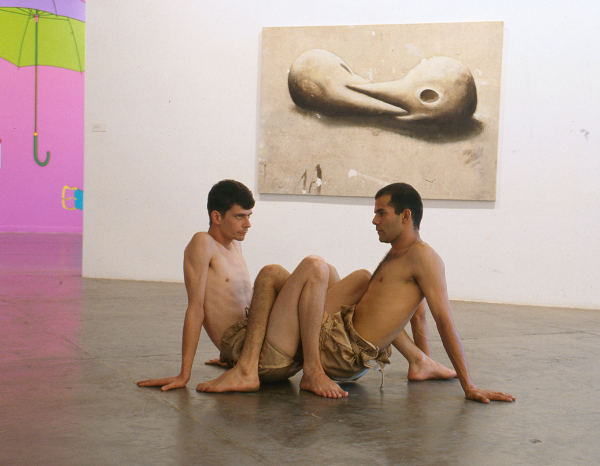
The 24th São Paulo Biennial
Known as one of the best Biennials ever made, the “Biennial of Anthropophagy” had as general curator Paulo Herkenhoff and as assistant curator Adriano Pedrosa.
Read More
Known as one of the best Biennials ever made, the “Biennial of Anthropophagy” had as general curator Paulo Herkenhoff and as assistant curator Adriano Pedrosa.
Read More
Curator Aisha Stoby identified Khimji as one of Oman’s pioneers, alongside Anwar Sonja, Hassan Meer, Budoor Al Riyami and Raiya Al Rawahi, highlighting the significance of her presence in the pavilion. SOUTH SOUTH interviewed the artist to find out more about her practice and the work on show at Venice.
Read More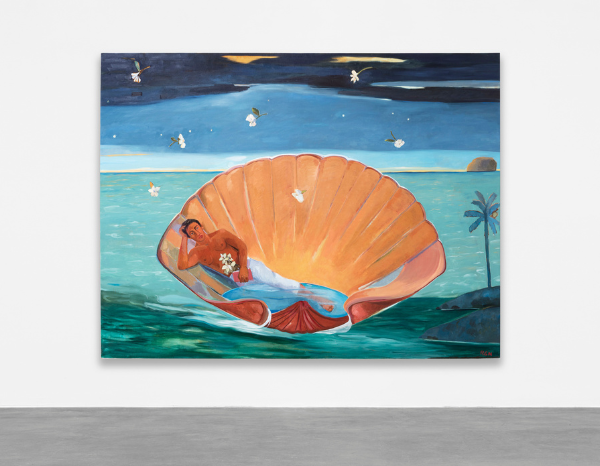
The artist is one of the two Mexican artists selected by curator Cecilia Alemani for the 59th International Art Exhibition La Biennale di Venezia joining a list of 213 artists on show this year.
Read More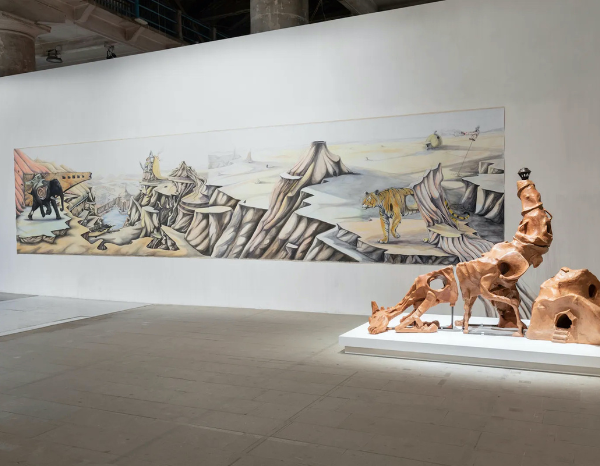
Taking SOUTH SOUTH’s departure point of the Global South being a political term rather than a strictly geographical term, we take a look at a few of the artists from SOUTH SOUTH’s community of galleries that offer a perspective from or related to the Global South.
Read More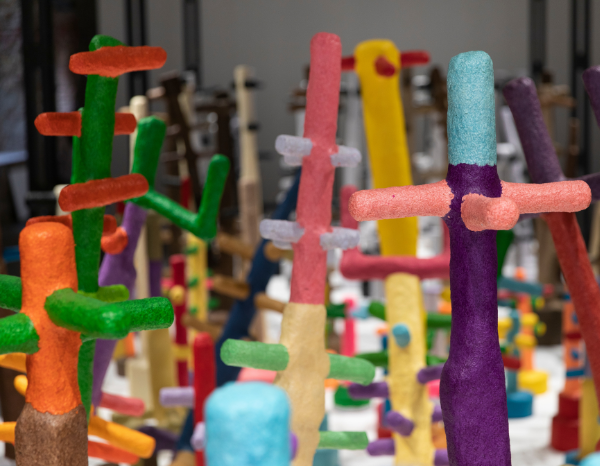
Curated by Maya Allison, this presentation shows a major new work by Emirati artist, and is accompanied by a monographic book publication, chronicling the artist’s work at the vanguard of the UAE’s art community over nearly four decades.
Read More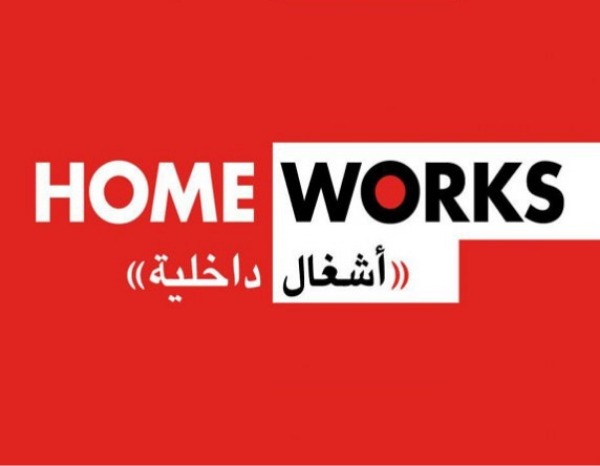
In 2002, the first edition of the Home Works Forum invited artists, writers and thinkers to explore the notion of dislocation amidst the current geo-political and economic climate of the Arab region.
Read More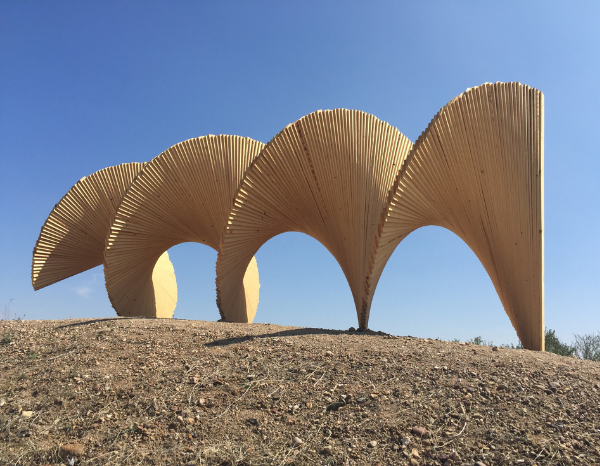
The 6th edition of the Marrakech Biennale intended to build on a longstanding history of Pan Afro-Arab unity, through critically investigating socio-political projects, cultural partnerships, and art movements that have led to many shared artistic tendencies.
Read More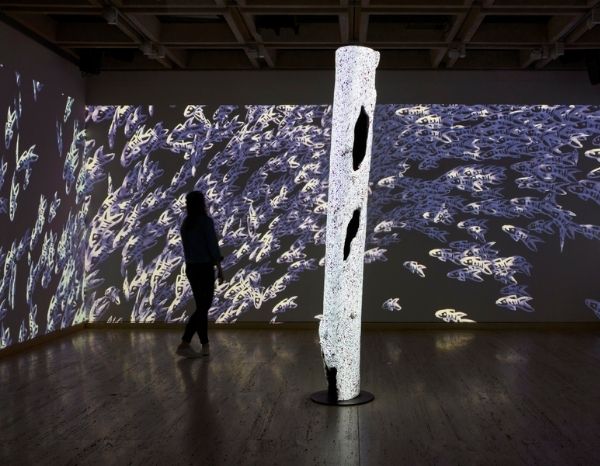
Under the artistic direction of acclaimed Indigenous Australian artist, Brook Andrew, the 22nd Biennale of Sydney, titled NIRIN, was an artist- and First Nations-led endeavour, presenting an expansive exhibition of contemporary art and events presented across Sydney and Melbourne, and globally via digital platforms that connect local communities and global networks.
Read More
‘Luanda, Encyclopedic City’ was the first pavilion of the Republic of Angola at the 55th International Art Exhibition – la Biennale di Venezia.
Read More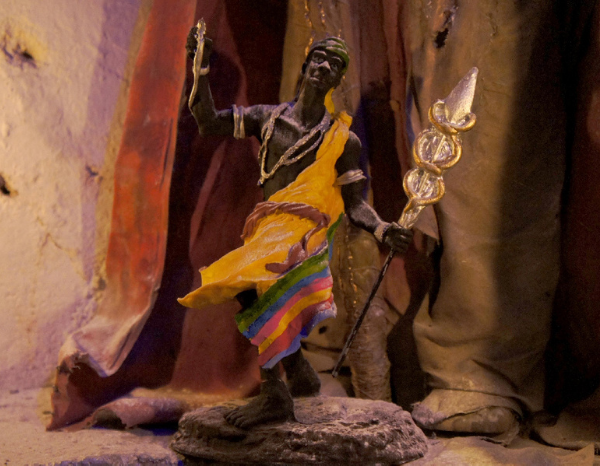
The 4th Ghetto Biennale considered the Haitian Revolution and the linguistic, territorial and cultural resistance present in the Kreyòl language, the Lakou system and the belief-system and ritual practices of Vodou.
Read More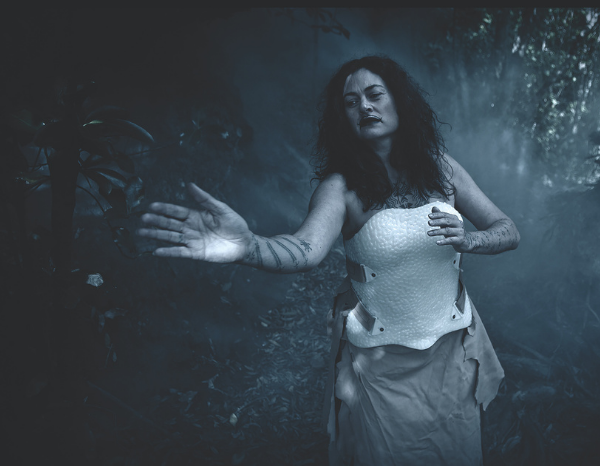
Honolulu Biennial (HB17) debuted in 2017, featuring 33 artists from over a dozen countries and Hawai’i, and ran from 8 March – 8 May. HB17 was curated by Fumio Nanjo, director of Mori Art Museum, and Ngahiraka Mason, former Indigenous Curator at Auckland Art Gallery | Toi o Tamaki. Complementing the multi-sited exhibition, was an offering of 65 different public programmes, including keiki art making workshops, lectures, performances, poetry readings, film screening, panel discussions and guided public tours.
Read More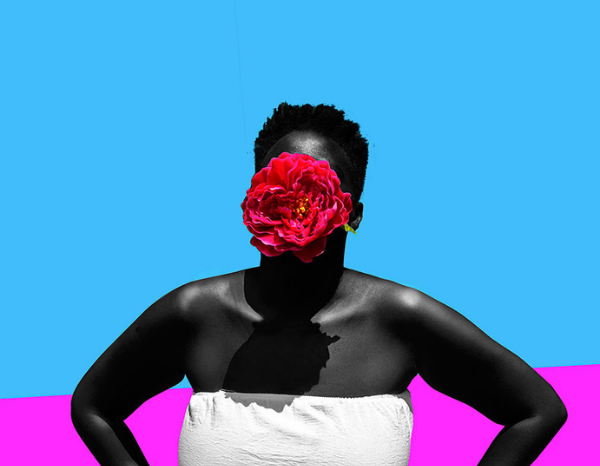
For 4th edition of the Kampala Art Biennale, KAB20, acclaimed curator Simon Njami came up with a concept grounded in knowledge sharing. An invitation was extended to international artists considered masters in their field to give workshops to younger artists, from Uganda, Africa and the world, forming studios to incubate and manifest ideas through collective engagement.
Read More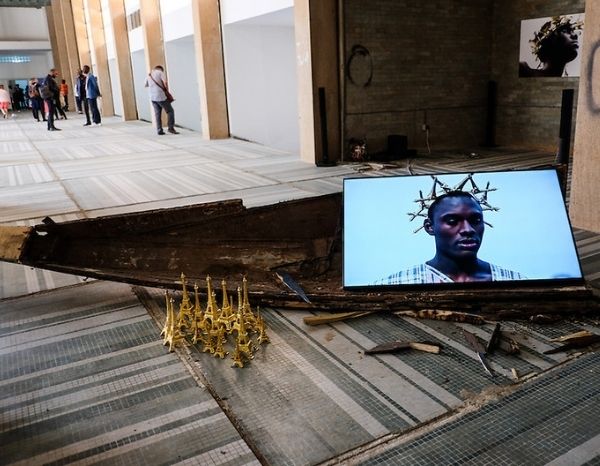
The title for Dak’Art 2016 ‘The City in the Blue Daylight’ was taken from a poem by Leopold Sedar Senghor, specifically the line, ‘Your voice tells us about the Republic that we shall erect the City in the Blue Daylight In the equality of sister nations. And we, we answer: Presents, Ô Guélowâr!’
Read More
The title of the 2020 Yokohama Triennale, “AFTERGLOW”, was chosen in reference to how, in our everyday lives, we unknowingly experience the residues of light sparked at the beginning of our time, as in the case of how the “white noise” on our analog televisions included fragments of cosmic microwave background radiation left over from the cosmic Big Bang.
Read More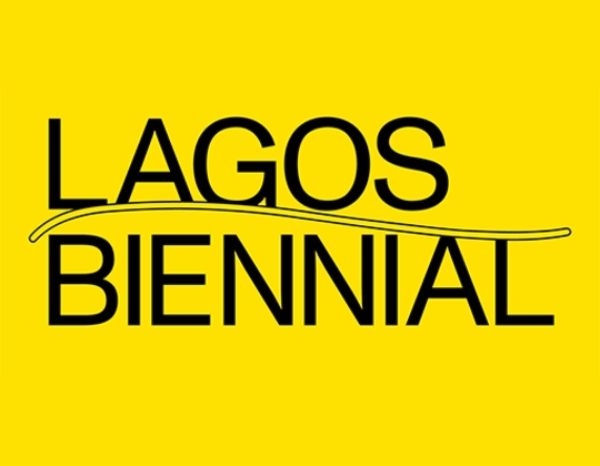
The title for the biennial, How To Build a Lagoon with Just a Bottle of Wine?, was inspired by a line in the poem A Song for Lagos by Nigerian writer Akeem Lasisi. By posing this as a question, the curators were able to encourage the contributing artists to thinking inventively and poetically about urban narratives and imaginaries, and allow them to find direction from the title in their own way.
Read More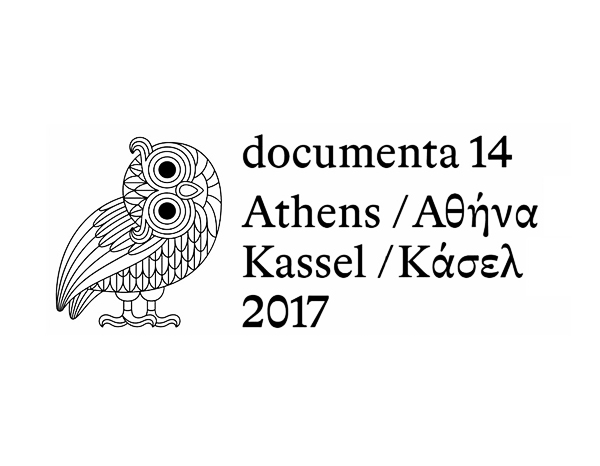
One of the core interests of documenta 14, which took place in 2017, was the cause of decentralising and decolonising the northwestern canon. The concept was announced by Artistic Director Adam Szymczyk in 2012. One of the most surprising and controversial aspects, perhaps, of Szymczyk’s announcement, was that documenta 14 would take place in equal parts ac ross the cities of Kassel and Athens under the slogan “Learning from Athens”.
Read More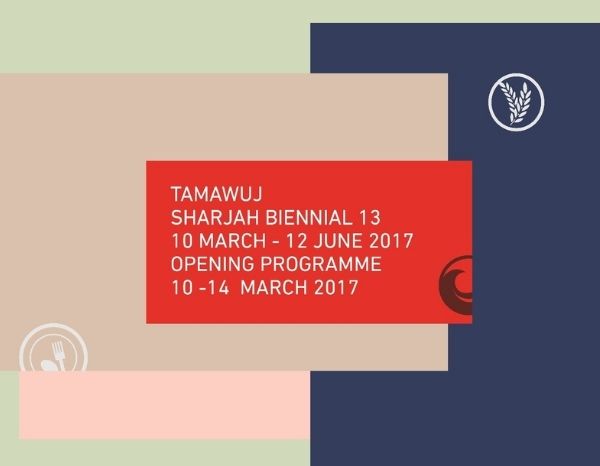
Curated by Christine Tohme, the biennial featured over fifty international artists. The five parts of SB13 were an online depository of research material, four projects curated by four Interlocutors outside of the UAE, a year-long education programme in Sharjah, a year-long online publishing platform and a public programme in two parts.
Read More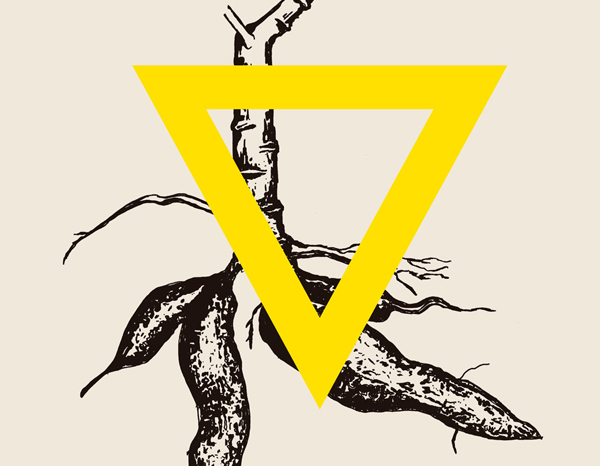
The 32nd Bienal de São Paulo, INCERTEZA VIVA (Live Uncertainty), in 2016 proposed to look at notions of uncertainty and the strategies offered by contemporary art to embrace or inhabit it.
Read More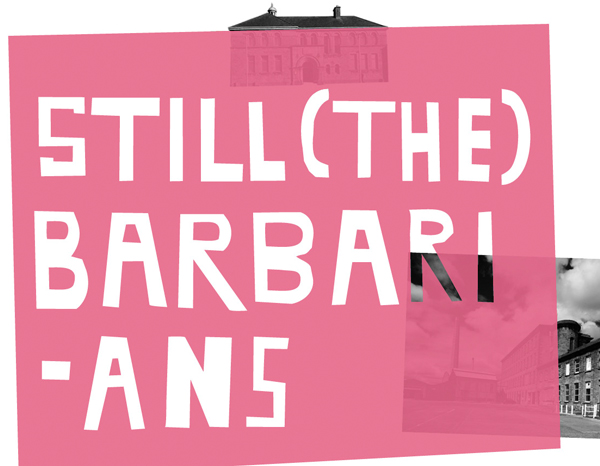
For the 2016 edition of the EVA International Biennale in Limerick, curator Koyo Kouoh presented Still (the) Barbarians, reminding readers of the catalogue that Ireland is “the first and foremost colonial laboratory of the British enterprise.”
Read More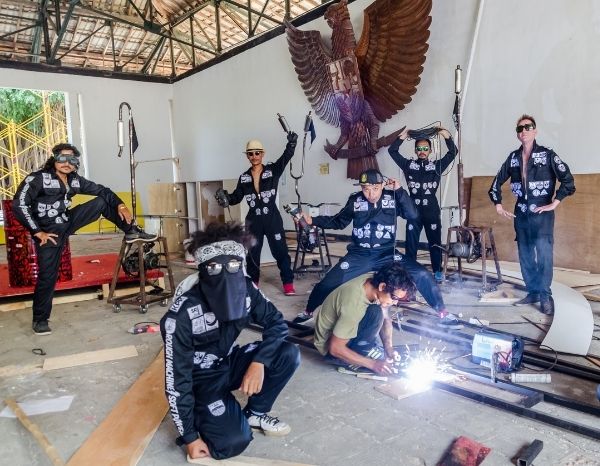
“Hacking Conflict – Indonesia meets Nigeria” was the 3rd edition of the BJ (Biennale Jogja) Equator series, following the first edition in 2011 (India) and 2013 (five Middle East countries). Managed in a new vision and direction by Yogyakarta Biennale Foundation, the Equator series present a strategy that utilises the line the Equator draws around the globe as a concrete practice in exploring and re-reading the world, visioned and projected until the year 2022.
Read More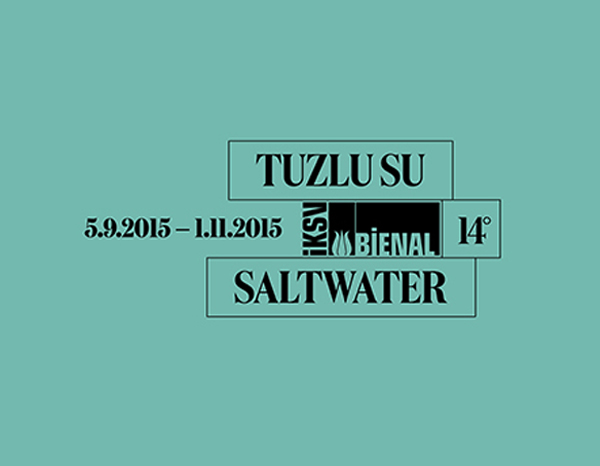
The 14th Istanbul Biennial SALTWATER: A Theory of Thought Forms curated by Carolyn Christov-Bakargiev, presented the notion that “with and through art, we commit ourselves to the possibility of joy and vitality, leaping from form to flourishing life.”
Read More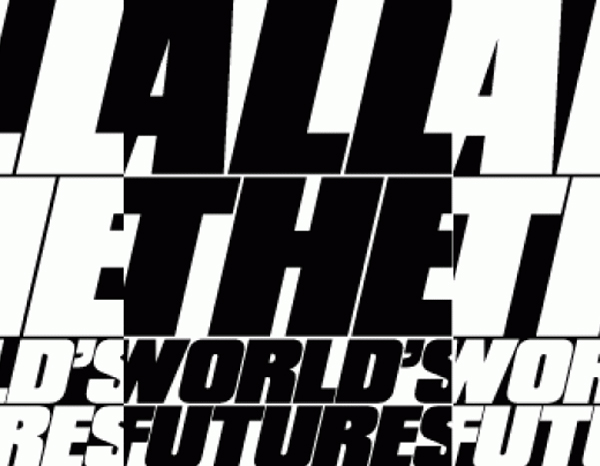
The 56th International Art Exhibition in Venice, titled All The World’s Futures has been variously remembered as one of the most conceptual or political editions of what is considered the world’s principal biennale. Some critics have pointed to the exhibition’s ostensible “darkness”, others have celebrated its exploration of what they termed the “global periphery”.
Read More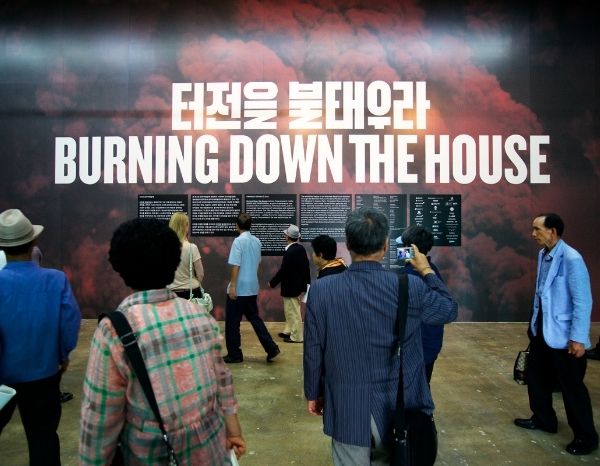
The 10th edition of the Gwangju Biennale in 2014, Burning Down the House, had curator Jessica Morgan as Artistic Director, who ensured her curatorial framing remained invested in the city’s political history. The title for the Biennale was taken from the American band Talking Head’s 80’s song ‘Burning Down the House’. The song explores ideas related to burning and transformation, destruction and renewal; a core thematic thread for the biennale, with this cycle being a pattern witnessed throughout history.
Read More
Documenta (13) directed by Carolyn Christov-Bakargiev, was only the second to be led by a woman. It was notable for many others reasons, including an assembly of recruited “agents” from all over the world for her team of advisors led by Chus Martínez from Spain; an explanation that the theme was a “non-concept,” with a long, rambling poetic title (The dance was frenetic, animated, clattering, twisted, and lasted a long time), and a parallel exhibition in Kabul, Afghanistan.
Read More
Documenta11 in 2002 was led by the first non-European art director – Nigerian-born Okwui Enwezor – who created what is remembered as a foundational global and postcolonial edition of this seminal event in Kassel, Germany. This iteration of documenta rested on five platforms that aimed to “describe the present location of culture and its interfaces with other complex, global knowledge systems,” Enwezor explained, with documeta 11 being the 5th and final in this series of platforms.
Read More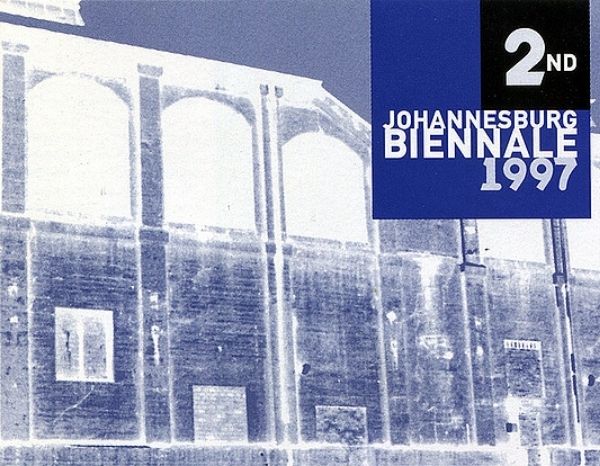
The 2nd and final Johannesburg Biennale took place in 1997 under the artistic direction of Okwui Enwezor, who at the time had been appointed as the curator at the Art Institute of Chicago. The biennale differed in structure to its 1995 predecessor. It was composed of a series of exhibitions with 6 international curators.
Read More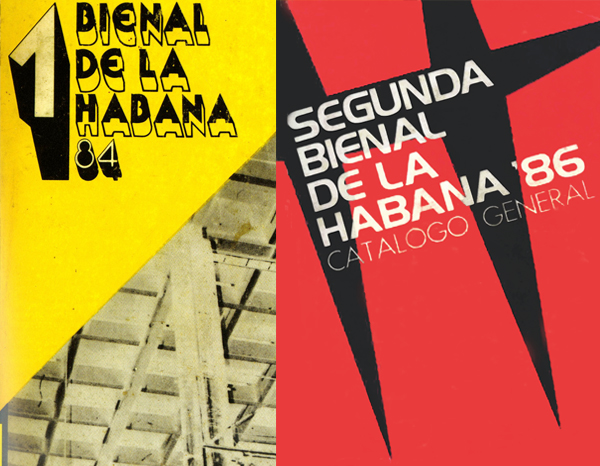
The Bienal de la Habana, when first established in 1984 offered a singular and crucial meeting place for art from the region, exhibiting artists solely from Latin America and the Caribbean. In the second edition in 1986, the Bienal included art from Africa, Asia and the Middle East, becoming one of the most important platforms for artists from outside the West.
Read More